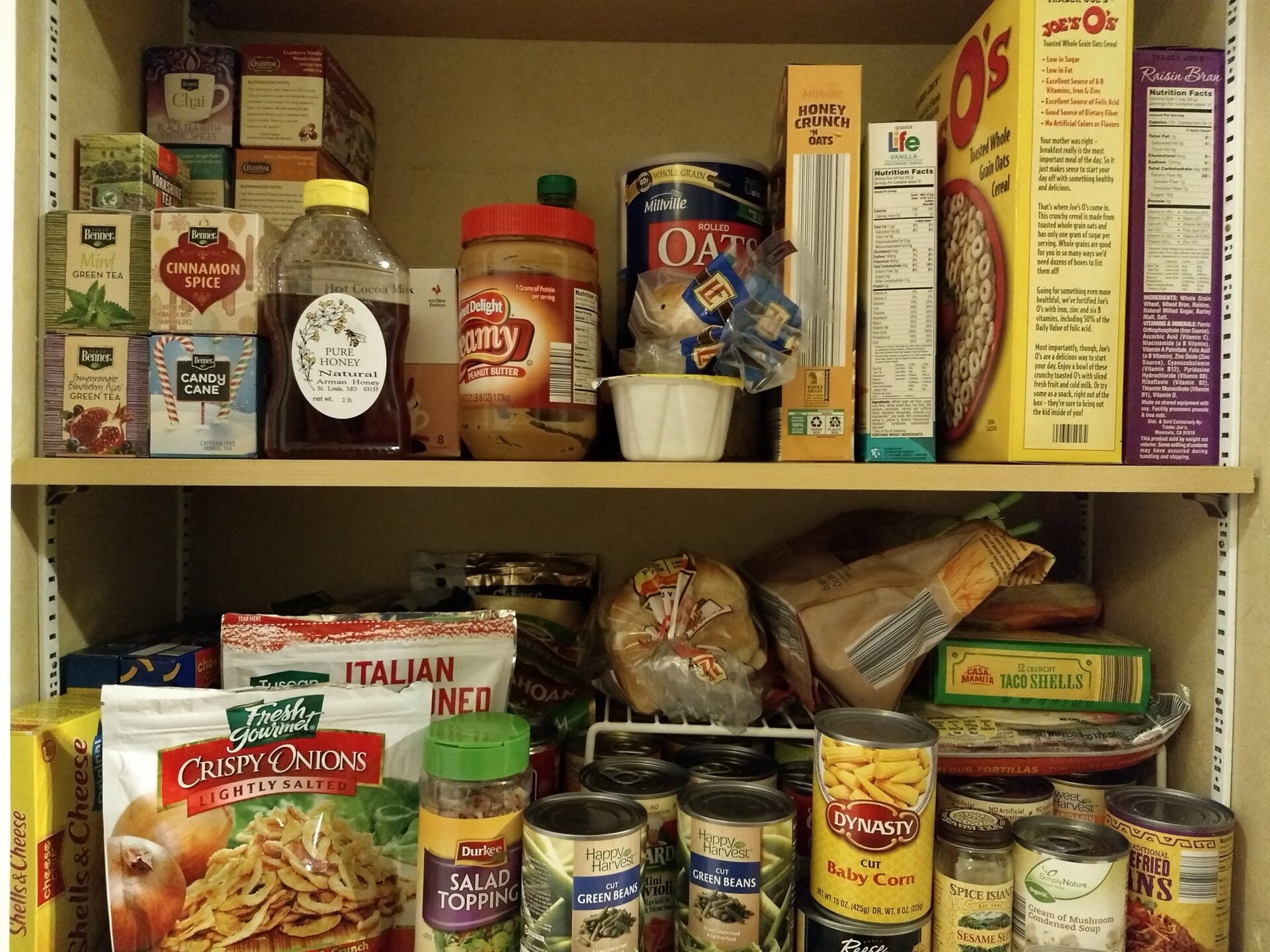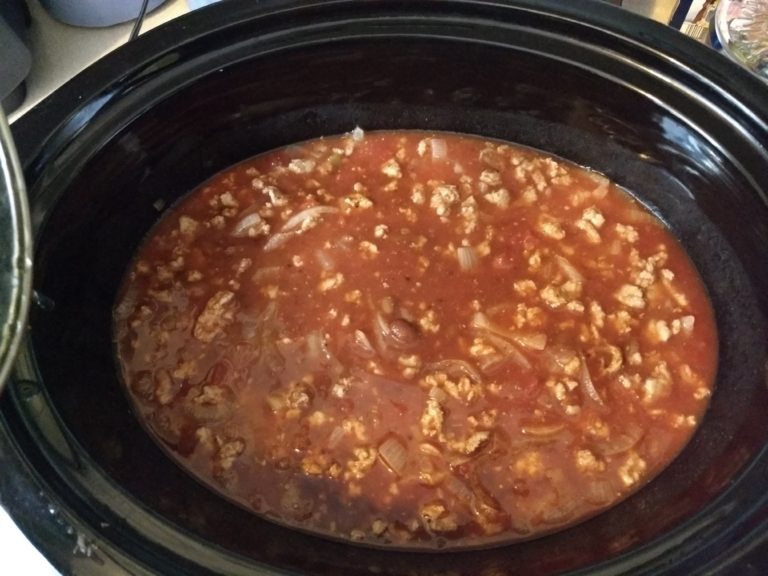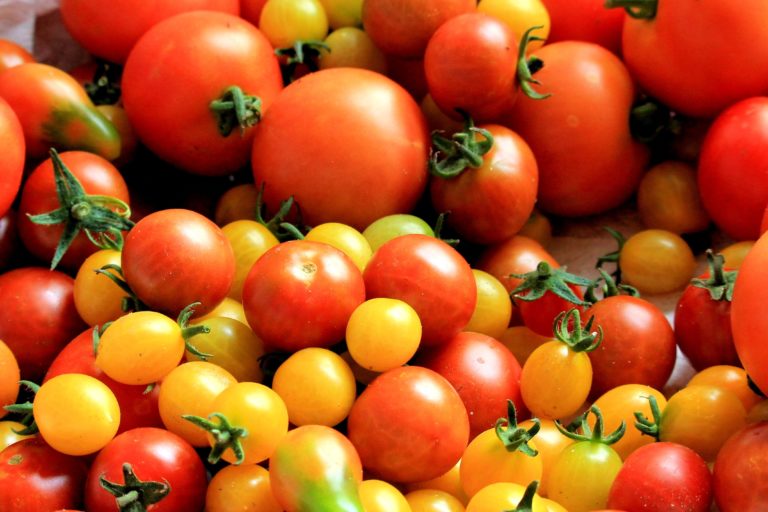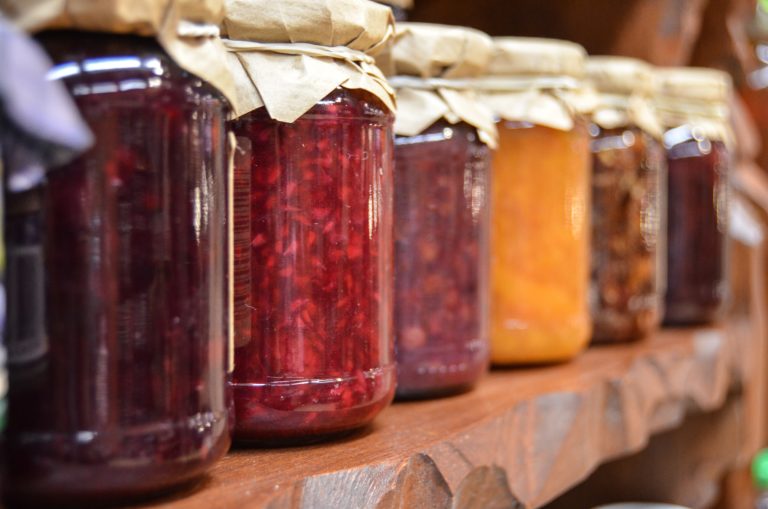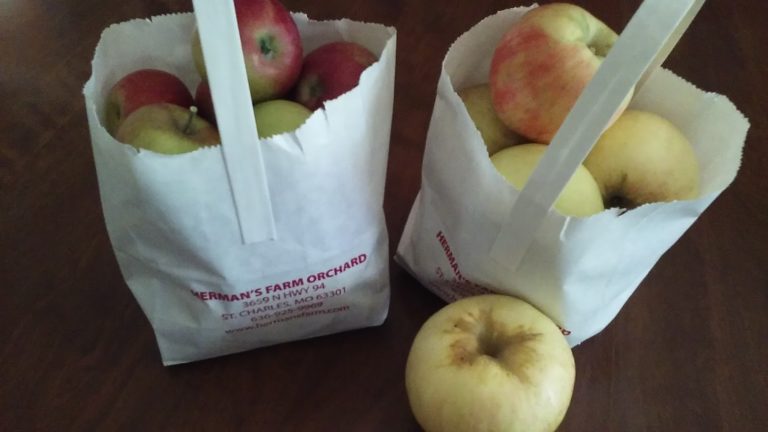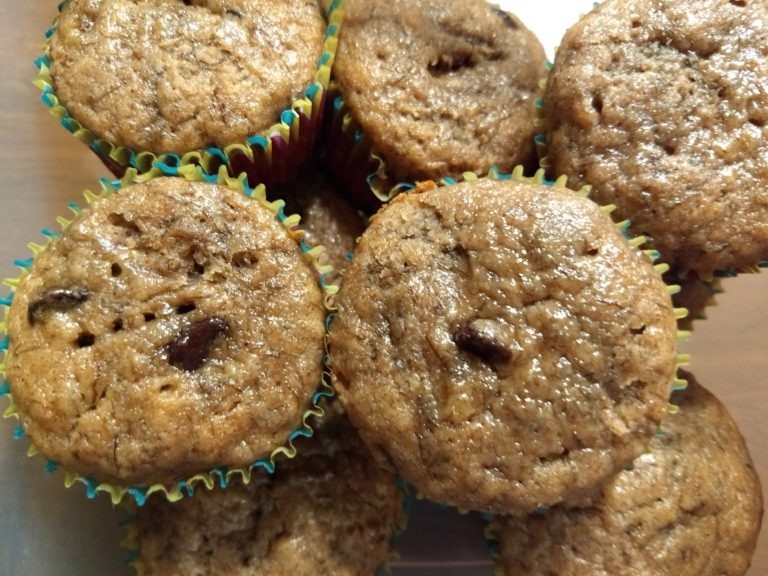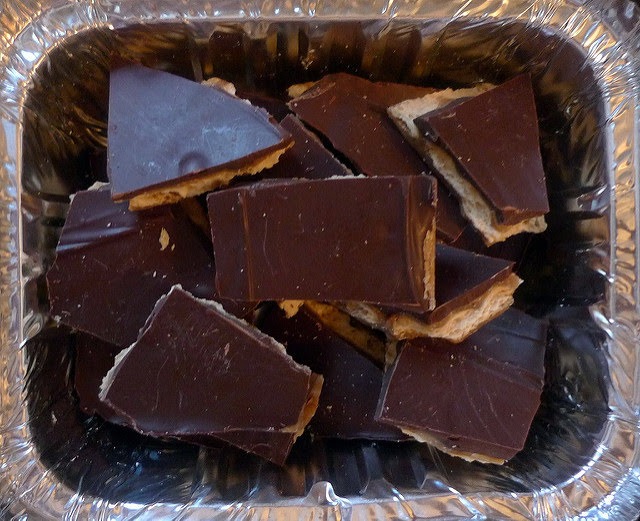3 Reasons Why You Should Store Extra Food
I have a tall utility shelf in my basement that is dedicated to storing extra food. I’m not a prepper or otherwise preoccupied with apocalyptic thoughts, but I do like to be ready for emergencies that might realistically happen. I lean toward minimalism in many other parts of my house; I don’t have a lot of clutter lying around or trinkets on every shelf, for example. However, I have a different philosophy about food.
The area where I live sometimes experiences snow or ice storms that may keep me home for a few days at a time, sometimes without power, so I like to store enough nonperishable food to take care of my family for at least a few days. My food storage area also is a helpful place to put some of the stuff I can’t fit in my pantry, because who really has adequate kitchen storage anyway?
Here are the reasons why you should store extra food:
1. Store extra nonperishable food in case of temporary power outages.
I live in an area where power outages may happen a couple of times a year, usually because of storms or sometimes for no obvious reason, although at worst they last only for a couple of hours. During my first few months living in this area as a young newlywed, we lost power for three days after a severe thunderstorm, and later we lost power for about two days after an ice storm.
As a result, I’ve learned it’s a good idea to have a few easy, ready-to-eat foods on hand. Trail mix, crackers, canned fruit, granola bars, and canned tuna are good items to stock. If you have a gas stove, you can use it to prepare other foods such as canned soup or boxed macaroni and cheese, and if the weather is cold I like to use my tea kettle to make a hot drink.
If I have advance warning of a potential power outage, I like to make pumpkin bread or do other baking projects to help stock up.
If power outages are a concern in your area, I also recommend buying a few quality coolers and keeping some frozen jugs of water (clean out your used juice or milk jugs and fill them with tap water) in your freezer. If you lose power for more than a few hours, you can save some of your perishable food like eggs, meat, and cheese by transferring it to coolers with the ice jugs.
2. Store extra food in case of events such as snow or ice storms or flooding, or even illness, that prevent you from leaving the house.
Often we still have our electricity, but the roads are simply too treacherous because of snow or ice to risk leaving the house to go to the store. People tend to make mad runs on stores to stock up just ahead of a forecast snowstorm, but it’s easier if you already have a good supply of food at home. You know that no one in your house will go hungry, even if you’re just serving simple cold cereal or peanut butter and jelly sandwiches. You also have confidence that — regardless of the weather — if a stomach bug or the flu hits you, the rest of the people in your house won’t starve because you can’t make a grocery run.
I especially like to make bread in my bread machine during snowstorms. It’s one of the first things stores run out of when snowstorms are predicted, but this is my favorite time to pull out my bread machine. I keep some bread flour in my pantry and a jar of long-lasting yeast in my fridge especially for these times. We use our homemade bread in lunch meat or grilled cheese sandwiches or to make French toast, the classic snowstorm food.
3. Store extra food to prevent frequent trips to the store for just one or two things.
Of course, you can’t do this as easily with perishable foods like milk (although I know people who freeze milk). However, stocking up works well for items such as ketchup and mustard, peanut butter, mayonnaise, salad dressing, granola bars, cereal, canned goods, and boxed pasta or rice. My kids go through a lot of ketchup when they eat scrambled eggs, chicken nuggets, meatloaf, and all the other foods kids like to eat with ketchup. My entire family also uses a lot of Ranch dressing for salads and as a dip. I always keep an extra bottle — or several — of these items on my storage shelf because I know we will use them well before their expiration dates, and then I don’t have to worry about running to the store at an inconvenient time — and using gasoline — just for one of these items. The more often you go to the store, the more impulse purchases you are likely to make, so this strategy helps your wallet, too.
I stock up on baking supplies, too, so I’m not unpleasantly surprised when I’m mixing up cookie dough or banana bread and discover I’m nearly out of flour, sugar, or baking powder.
I also like to keep one or two extras of non-food items such as liquid dish detergent, dishwasher detergent, Ziploc bags, aluminum foil, plastic wrap, hand soap, laundry detergent, trash bags, paper towels, toilet paper, and Kleenex so I’m not caught without anything. Extra hygiene items like hand soap, toilet paper, and feminine products are stored in my bathroom closet rather than on my food shelf in the basement.
Here are some examples of what to store:
Peanut butter
Jarred jam or jelly
Bottled salad dressing
Croutons
Ketchup
Mustard
Mayonnaise
Relish
Pickles
Cooking spray
Boxed cereal
Canned soups (we like tomato soup and clam chowder)
Boxed macaroni and cheese
Canned tuna
Jarred applesauce/applesauce cups
Canned fruit
Canned vegetables
Rice/dry beans
Crackers/Pretzels/Potato Chips
Granola bars
Jarred salsa
Tortilla chips
Trail mix
Oatmeal (either individual instant packets and/or canisters of oats)
Non-refrigerated, unopened juice bottles or juice boxes
Tea bags (or coffee, if you prefer)
Hot chocolate mix
Bottled water
Gallon jugs of water
Flour
Sugar
Baking Powder
Baking Soda
Olive oil
Vegetable oil
Vanilla extract
Spices (my family uses a lot of garlic salt, garlic powder, and chili powder)
Dish soap
Dishwasher detergent
Laundry detergent
Hand soap
Paper towels
Aluminum foil
Plastic wrap
Sandwich-sized and gallon-sized Ziploc bags
Toilet Paper
Kleenex
Tips for storing extra food:
Designate a space for your extra food and supplies.
If you’re going to store much, you’ll need a spot for it all. A basement is ideal if you have one. My food shelf in the basement is also near my deep freezer, so it’s a centralized location for all the stuff that doesn’t fit in the pantry, fridge, or freezer upstairs.
If you don’t have a basement, consider a hall closet, kitchen cabinet (if you’re lucky enough to have the space), spare bedroom, laundry room, mud room, garage (be careful what you store there in case of freezing temperatures), or even a bedroom closet or under a bed. Anywhere you have shelves or space to put shelves will work.
Buy a little at a time.
It can be costly to buy everything at once. Buy a few extra things each time you go shopping, and you’ll soon build up your supply.
Rotate through your supply, using a little at a time.
Don’t leave your food on the shelves and forget about it. Pay attention to expiration dates, and put the oldest food toward the front of the shelves and the newest food toward the back so you’ll be more likely to use the oldest things first. Restock as needed.
It takes a little effort and thought on the front end, but storing extra food and supplies is worthwhile in terms of convenience and saving money. The next time a storm or power outage hits, your family will thank you because they’ll still have food to eat.
Do you store extra food and supplies? Tell us about your system in the comments.

